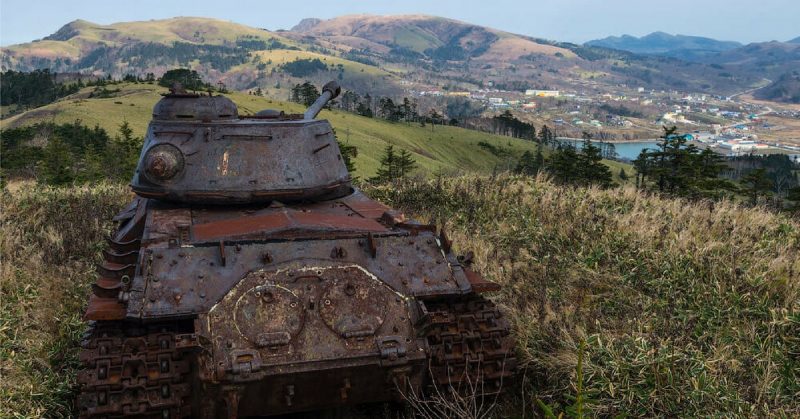A note from the author
It’s clear that no one will save these tanks, though it’s still sad to watch as such armor is thrown away to rust. Incidentally, some of the tanks here arrived just after the World War II. Once upon a time, these machines were a formidable force capable of resisting the enemy for a long time, now they are just remnants of the past age.
Now the tanks are just standing on the hills, between them are dug trenches, often even concreted. Powerful armor, tanks, and regular well-trained combat crew had in service 10 vehicles, which was a significant problem for the possible enemy attack. Each meter on the island was measured and sighted. Shikotan Island, and other Kuril Islands, at that time were well protected. On Iturup and Kunashir, I often came across the remains of fortified areas but never saw such a number of tanks as on Shikotan.
The end of the Soviet Union came in early ’90 and consequences of that even were felt for a long time. A serious earthquake also had a part in destroying buildings. People survived both of those calamities and tried to live as best as they could. Japan helped with the food and goods shipment, and in return, the Kuril Islands were disarmed. No one needed such strong bastion out there anymore.
Wartime History
Prewar, the Kuril Islands belonged to Japan. As early as 22 November 1941, Japanese ships began assembling in the Kuril Islands area, for the secret “Hawaiian Operation” to attack Pearl Harbor and Oahu.
During the Pacific War, Japan blocked the passage to the Sangar Strait from Soviet ships. Although Russia and Japan were not officially at war, the Soviet Union was receiving lend-lease from the United States.
During 1943-1945, the Japanese fortified the Kurile Islands, and were the target of American attacks from bases in Alaska in a strategic effort to tie down Japanese forces in the far north. The area was occupied by the Japanese until late August 1945.
On 9 August 1945, the Soviet Union declared war on Japan and began the Soviet–Japanese War. On 18 August 1945, Soviet forces landed on Shumshu Island in the Kurile Islands. On 21 August 1945, a localized ceasefire between the Soviets and the Japanese ended fighting.
Credit for all photos and text: Ivan Dementievsky (Иван Дементиевский) from LiveJournal.
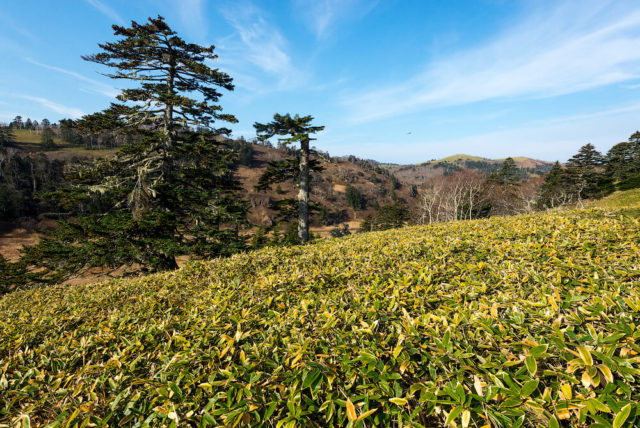
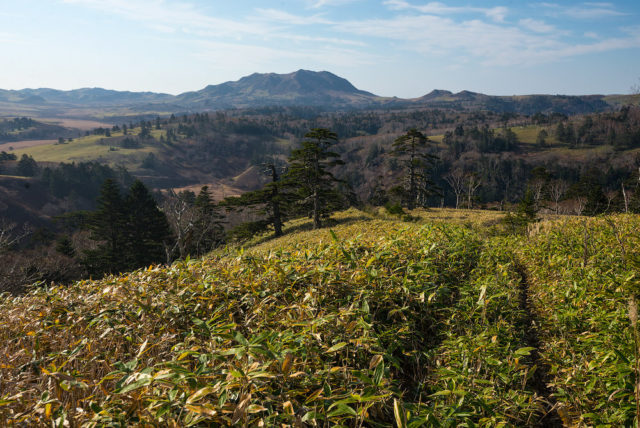
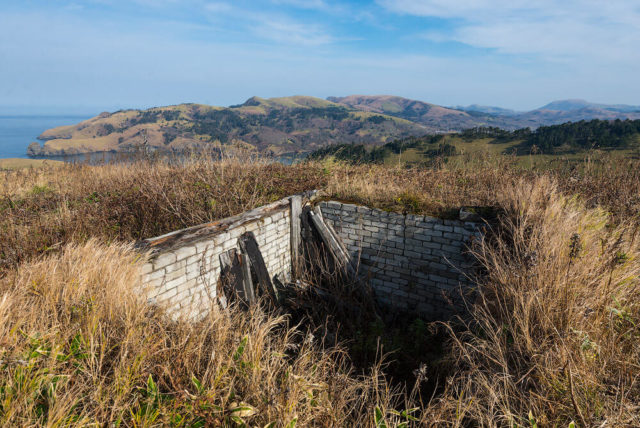
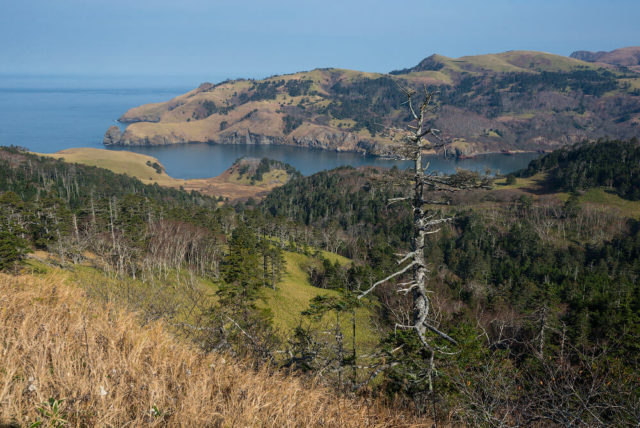
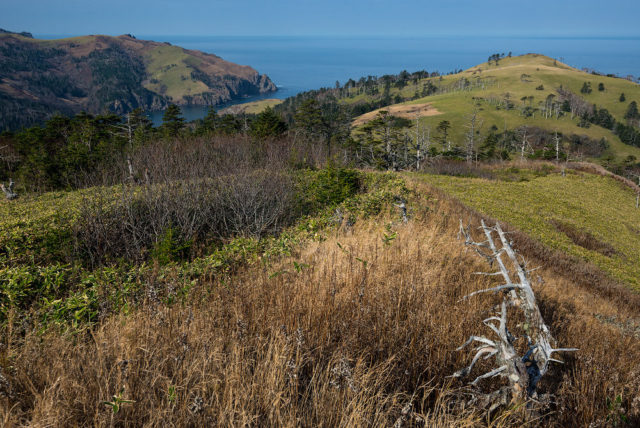
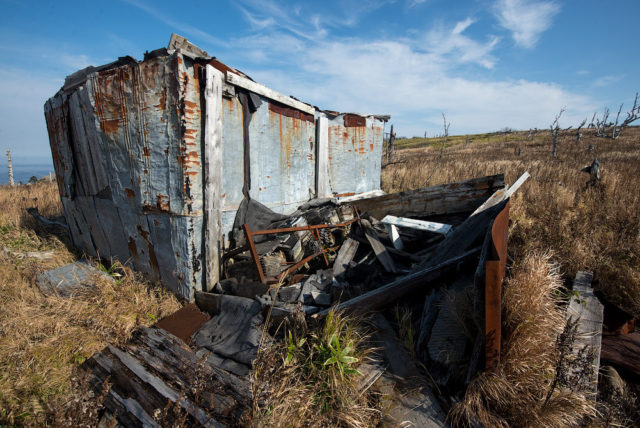
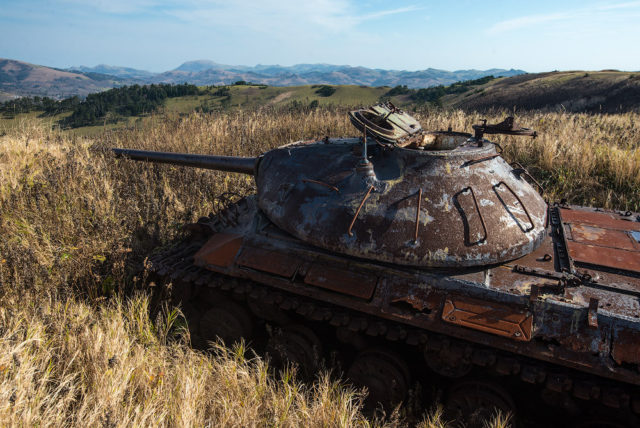
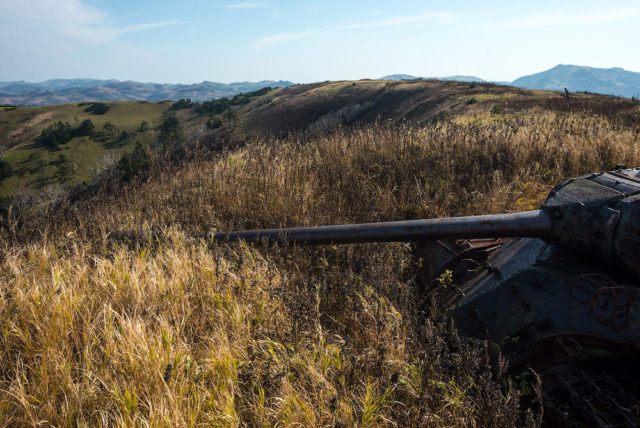
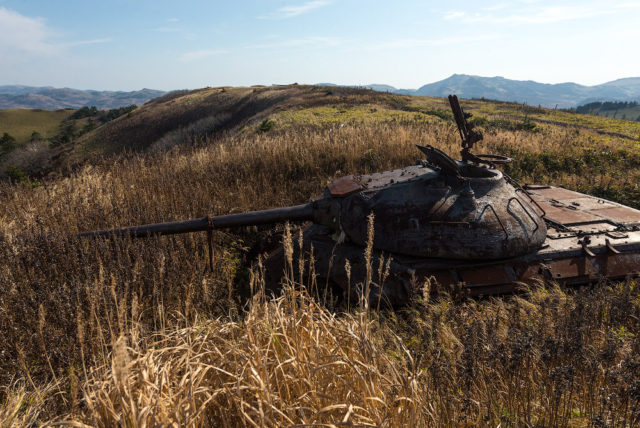
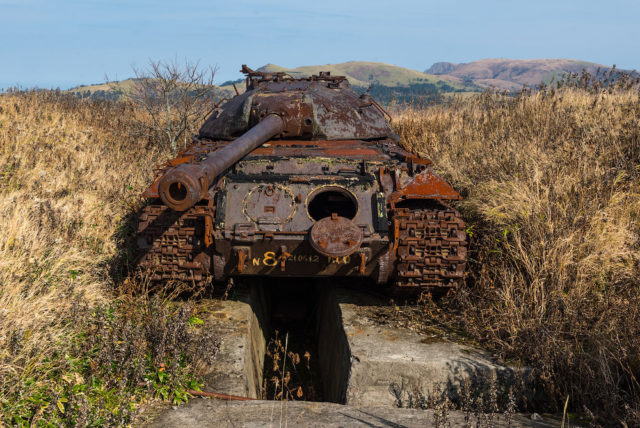
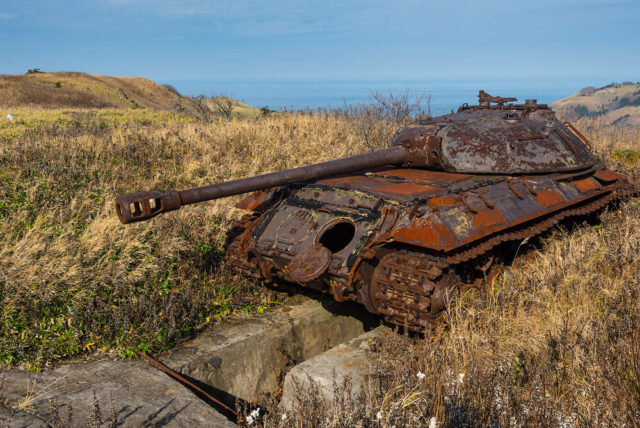
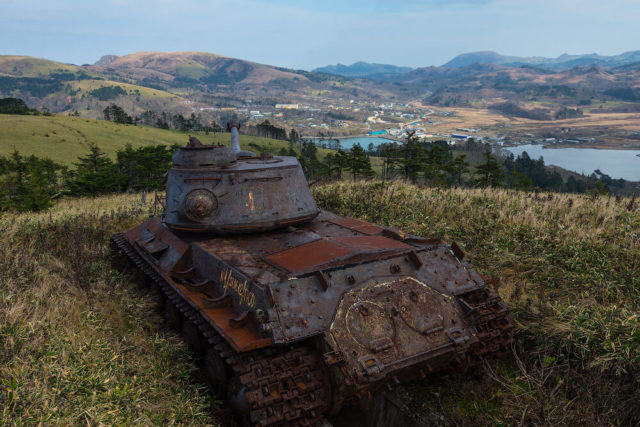
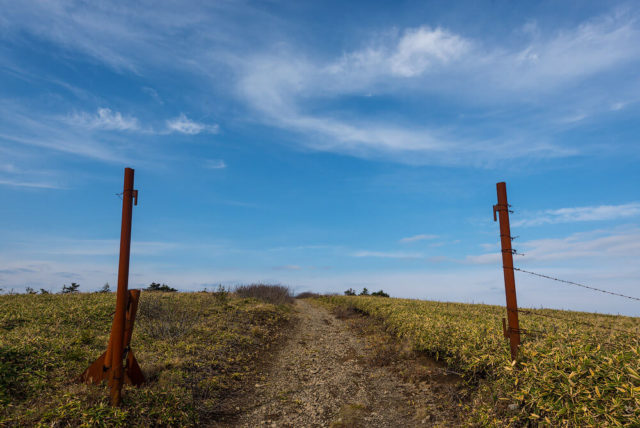
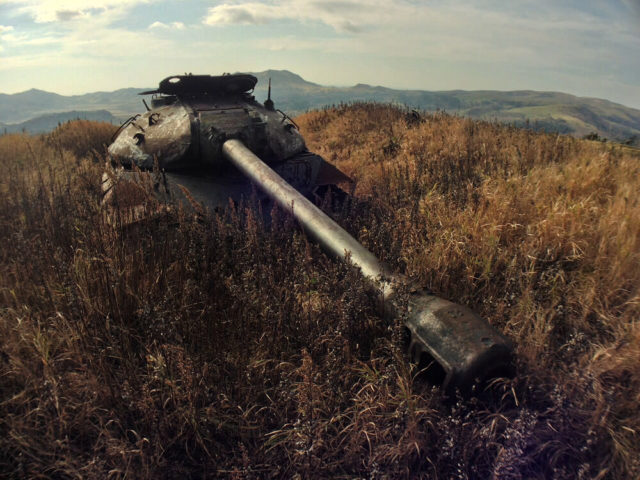
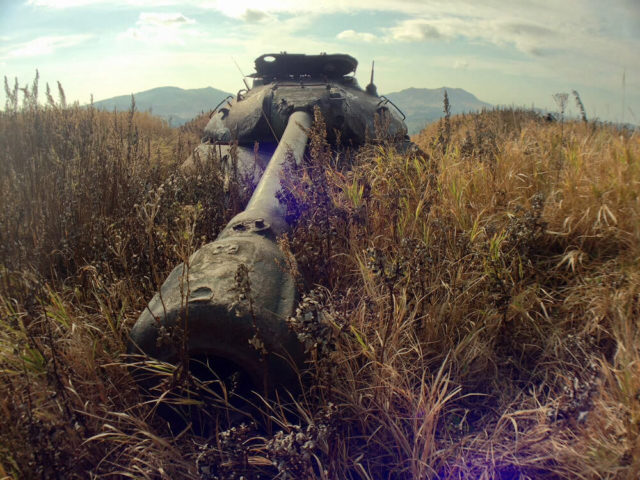
Postwar
In 1951 under the terms of the San Francisco Peace Treaty, Japan gave up sovereignty of the Kurile Islands to Russia.
